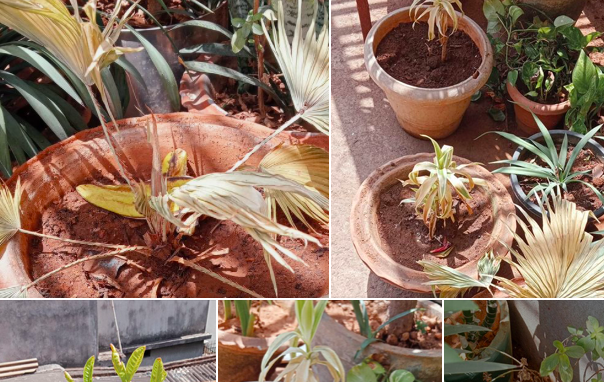Warning: count(): Parameter must be an array or an object that implements Countable in /home/u394529849/domains/gardeningideasandmore.com/public_html/wp-content/themes/twentytwentyone/template-parts/content/content-single.php on line 26
Save your plants from Summer heat wave in India
As the temperature soaring high like never before. Gardening during Heat Wave in India was never so challenging. Gardeners need to take extra care for plants so the plants survive and remain healthy in temperature ranging from 35 degrees to 46 degrees. If you are doing rooftop gardening, terrace gardening, vertical gardening and gardening on land during a heat wave then it is a little more challenging as harsh sun is drying up the plants. We get complaints of burnt leaves, dried up small plants.
We need to really implement effective ways tried by Indian gardeners , like they shared in Plantohlics Gardening Ideas and More ( India) having more than Million gardeners. There are strategies to protect your garden during a heat. Summary of the discussion on how to protect plants in summer are mentioned here :
Here are few tips to fight excessive heat during summer in India
1. Water :
Water is like an elixir for the plants during heat wave . In terms of improving humidity, in terms of keeping soil wet and keeping leaves and stem moistened.
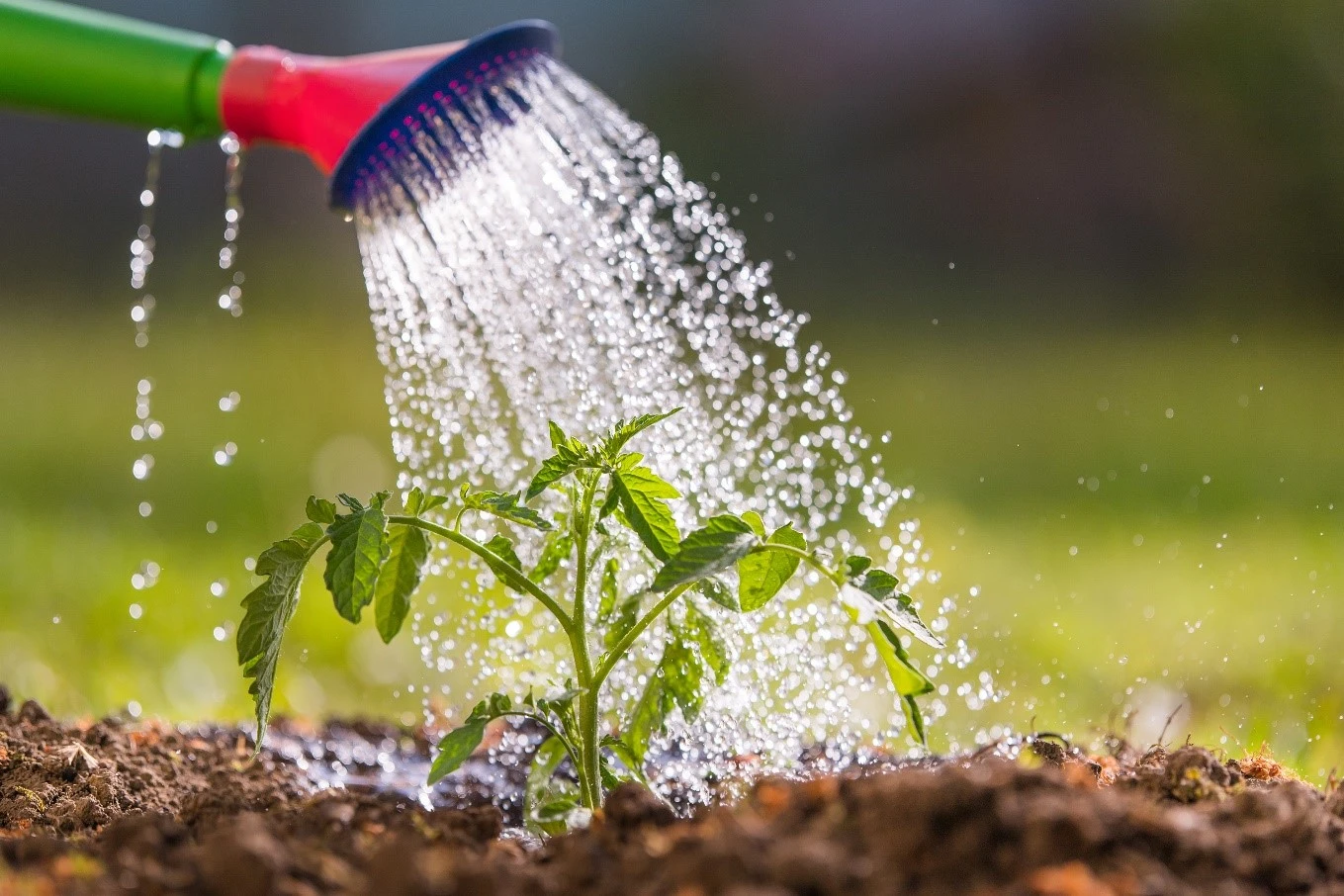
Water twice a day according to your plant combination and the temperature in your area. Make sure about the timing of watering.
Minimise damage by putting water pots. Keep few water buckets near pots so that the humidity level is maintained. All plants will survive in summer as well. When evaporation process happens from these buckets, they keep the area humid near plants.
Shower them top to toe. Sometimes take them to your bathroom and thoroughly wash with shower, keep them there for few days, then keep them in shade.
2. Timing of watering
Never water plants in full sunlight during summer. To Gardening during Heat Wave in India What time you are watering is very important, says Hirdesh Saxena who has more than 200 plants at her house. She says, water the plants after sunset and when the pots are not hot any more. Best time to water plants in summer anytime between 7pm-9 pm. By doing this the soil gets full moisture. Also we can consider watering before sun is harsh. Definitely no one thing fits all. Make sure about the soil wetness and your climate.
3. Misting
Use mist sprayers to cool down plants. This helps reduce leaf temperature and provides temporary relief. Very helpful for calatheas, crotons and indoor plants. Outdoor plants make sure you mist before 8 AM and post 7 PM according to your area’s sunrise and sunset.
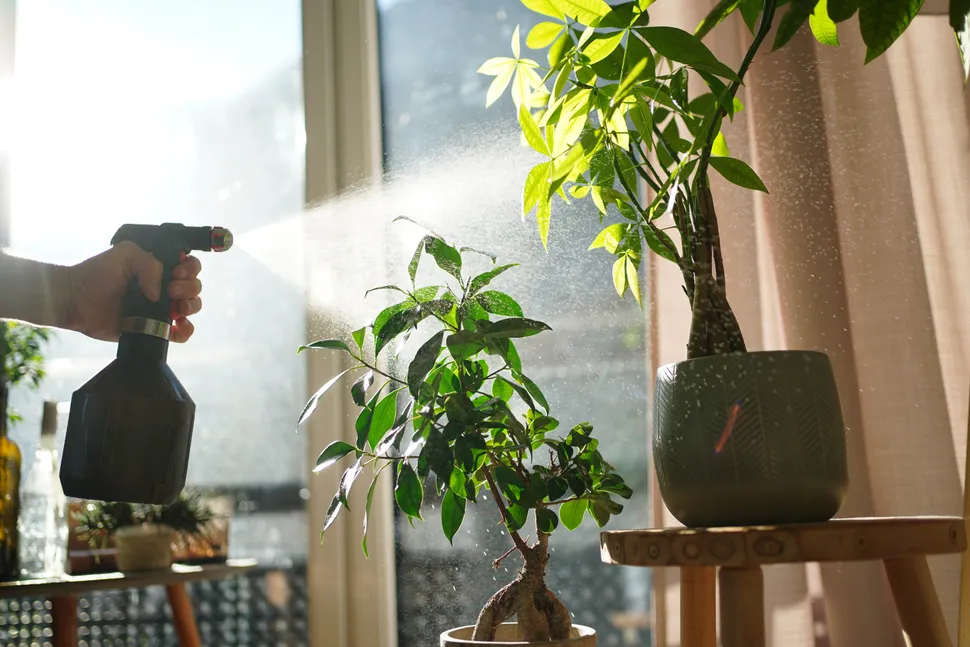 Misting helps in summer by cooling plants through evaporative cooling, reducing leaf temperature, and increasing humidity around the plants. This process minimizes heat stress, prevents wilting, and supports better moisture retention in plant tissues.
Misting helps in summer by cooling plants through evaporative cooling, reducing leaf temperature, and increasing humidity around the plants. This process minimizes heat stress, prevents wilting, and supports better moisture retention in plant tissues.
4. Covering with a Green Net or Wet Clothes
Green Net installation is a good way and make it easy for Gardening during Heat Wave in India. Plants should be kept under a green net if they are in open area. This protects plants from harsh sunlight.
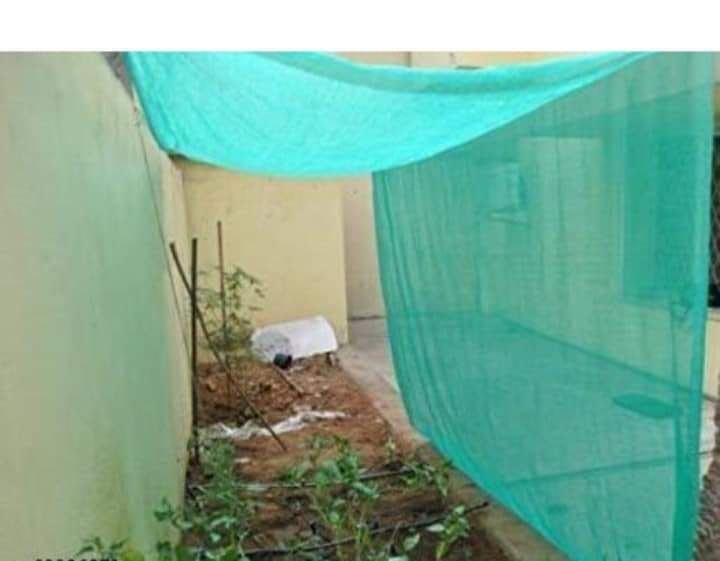
It is not needed that you purchase all the time. You may use cloths or nets over vulnerable plants to reduce sunlight intensity. Just use cloths that block 30-50% of sunlight to balance protection and light penetration. In short, cover plants with lightweight fabric or old bed sheets during extreme heat spikes. This acts as a temporary barrier against scorching sunlight.
5. Mulching
Apply a thick layer of organic mulch (2-4 inches) around plants. Mulch helps retain soil moisture, reduces soil temperature, and suppresses weed growth.
Mulching helps in summer by retaining soil moisture, regulating soil temperature, and suppressing weed growth, all of which reduce stress on plants during hot weather. As it prevents evaporation, keeping roots cool and hydrated. Mulch also enriches the soil as it decomposes, improving its structure and fertility.
6. Keep them together
Keep the plants together. Preferably, Small plants under larger ones.
Keeping plants together during the summer can significantly help them fight heat stress. Grouped plants huddled together help create a microclimate with higher humidity levels. As plants transpire, they release moisture into the air, which can be trapped among the densely packed foliage, reducing water loss from leaves and helping to keep the plants hydrated.
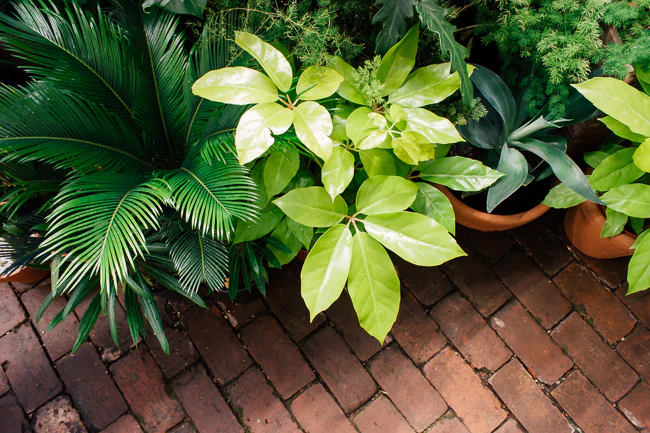
Plants can shade each other, reducing direct exposure to the sun. This shading effect lowers the temperature around the plants and protects the soil from direct sunlight, helping to retain moisture and prevent the roots from overheating. Clusters of plants act as windbreaks, reducing the drying effects of hot winds. This protection minimizes moisture loss through evaporation from both the soil and the plant leaves, helping to maintain better hydration levels.
A diverse plant grouping can foster a healthier ecosystem.
7. Arrange Plants according to requirement
In Summer certain plants need extra care. Typically, young seedlings, shallow-rooted plants, and those not adapted to high temperatures require more care.
Like coleus, fern, anthurium, poinsettia etc do not like harsh sunlight. They require frequent showering of plants.These plants should be kept in semi shade. Also they require frequent watering, not much but just sufficient .
Certain plants like Adenium, lily, chilly ,and seasonal vegetables need sunlight for proper fruiting. Few Heat-Tolerant plants that are naturally adapted to withstand higher temperatures are like marigolds, zinnias, and certain succulents are more resilient. As we know Winter flowers are little different than the summer flowers.
8. Create shades
Erect temporary structures like garden umbrellas, tents, or even strategically placed garden furniture to provide intermittent shade.
You can create natural shades by utilizing taller plants or trees to create natural shade for smaller, more sensitive plants. Planting in the shadow of larger plants can reduce heat stress.
9. Use drip Irrigation and Soaker Hoses
Use drip irrigation systems or soaker hoses to deliver water directly to the root zone, minimizing water loss and ensuring efficient moisture delivery.
10 Soil Management
Soil Moisture Retention is very important in summer as water gets evaporated from the upper soil faster. Other than mulching to slow down evaporation, enhance soil’s water-holding capacity by adding organic matter such as compost or well-rotted manure. This improves soil structure and moisture retention.
There is a common mistake of filling soil till the top of the pot. Please avoid that, says Tripti Joshi who is Co-Admin of Plantohlics Gardening Ideas and More community in India. Leave space in your pot at least 2 mugs of water so that the plant can be watered fully.
Keep soil loosened by tilling before sunrise and post sun set.
11 Pruning and Deadheading
After every effort, few leaves and stems are going to become dry. Prune dead or excess foliage to reduce water loss through transpiration. Remove deadhead flowers to redirect energy to the roots and reduce overall plant stress.
12 Pest and Disease Management
Inspect plants regularly for signs of stress, pests, and diseases. Heat also increases attacks by red mites and thirps.
Heat-stressed plants are more susceptible to infestations and infections. Try to implement strategies, such as introducing beneficial insects, to control pest populations naturally and reduce chemical use.
- Local Gardening Groups
Join Indian and local gardening groups or forums to share experiences and tips specific to your region’s climate and challenges. Because gardening is a local thing. Not a Tip given in Western countries where heat wave in Summer matters, is applicable in hotter countries.
Protecting your garden during a heat wave requires a combination of proactive and reactive measures. By understanding plant needs, implementing efficient watering strategies, providing adequate shade, and enhancing soil management, you can significantly improve your plants’ resilience to extreme heat.Loving plants and understand requirement is important. Keep asking questions in communities, red authentic information given by real gardeners. Regular monitoring, timely interventions, and leveraging community resources further bolster your efforts.
Other than basic gardening tricks, with these comprehensive strategies, gardeners in India can effectively safeguard their plants from the detrimental effects of heat waves, ensuring a healthy and thriving garden year-round.
